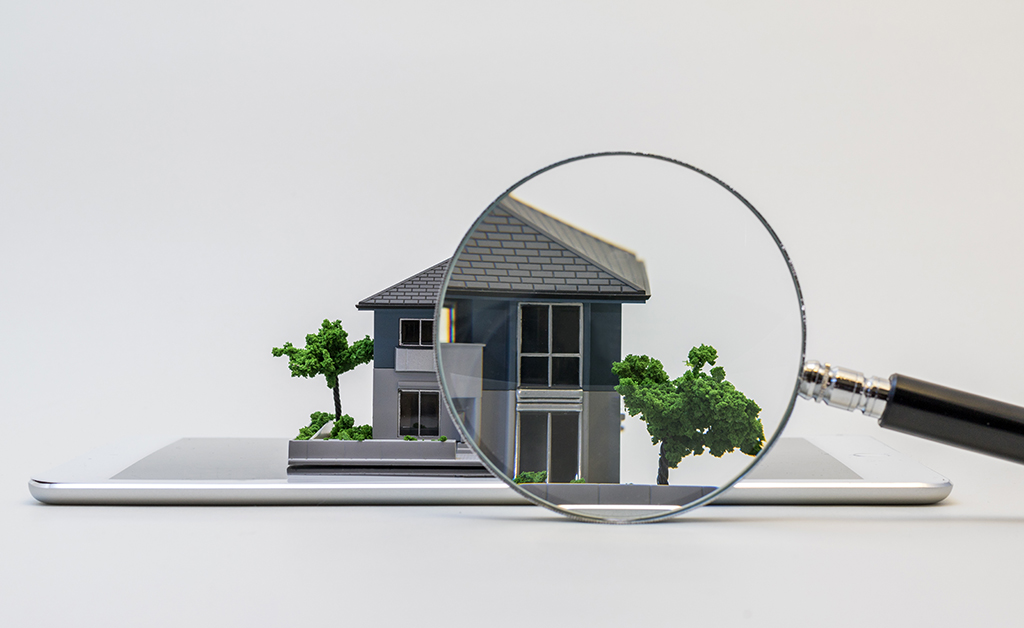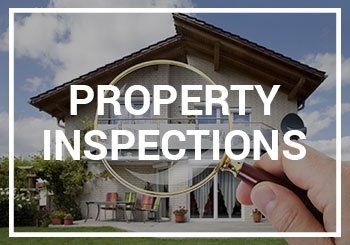Phoenix property inspections ensuring safety, compliance, and building standards
Phoenix property inspections ensuring safety, compliance, and building standards
Blog Article
What Is Consisted of in a Comprehensive Home Examination Process?
A thorough property examination process is important for ensuring and guarding financial investments safety. It incorporates a careful assessment of architectural stability, electrical systems, pipes, and A/c units, amongst other crucial components. What, then, are the most critical elements that can make or break a property analysis?
Summary of Residential Or Commercial Property Evaluation

The assessment encompasses numerous essential locations, including the outside and interior components, systems such as plumbing and electric, and any type of visible architectural components (Phoenix property inspections). During the procedure, the inspector records the condition of these components, trying to find indicators of wear, damage, or potential risks
A complete building inspection not only helps prospective purchasers make notified choices but also assists existing proprietors in comprehending necessary repairs or upkeep tasks. By providing a detailed record of findings, the examination allows stakeholders to prioritize concerns that may require immediate interest or might affect future financial investment.
Furthermore, an efficient assessment procedure sticks to established industry requirements and guidelines, making certain a consistent and reputable assessment. Generally, the home assessment procedure is an important device in realty purchases, promoting openness and protecting both purchaser and seller rate of interests.
Architectural Examination

Throughout the evaluation, experts analyze various elements, consisting of the structure, framing, walls, and roof covering systems. They try to find indications of shifting or clearing up, such as cracks in walls or irregular floors, which can indicate underlying issues. The examination likewise includes examining the high quality of building products and techniques used, making sure conformity with structure codes and criteria.
Additionally, examiners might look for signs of moisture invasion, which can cause timber rot and mold and mildew, more endangering architectural integrity. They likewise examine load-bearing components to guarantee they can sufficiently support the weight of the structure and its materials.
Eventually, a detailed architectural analysis offers vital insights for potential purchasers and home owners, allowing them to make informed decisions relating to residential property investments and essential maintenance. By recognizing structural worries early, owners can attend to issues proactively, protecting the lasting value and safety and security of the residential or commercial property.
Electric System Assessment
An efficient electric system assessment is important in the property assessment procedure, as it evaluates the security, performance, and conformity of a building's electrical facilities - Phoenix property inspections. This evaluation commonly encompasses a complete exam of the main electrical panel, circuit breakers, and electrical wiring systems. Assessors seek signs of wear, corrosion, or damage that may compromise safety and security
The evaluation includes testing for sufficient grounding and bonding, making sure that the electric system is appropriately attached to protect against electrical shock or fire hazards. Inspectors also evaluate the capacity of the electrical system to deal with the current load, identifying any potential overloading issues that could lead to outages or failings.
On top of that, the analysis look for the existence of GFCI (Ground Fault Circuit Interrupter) and AFCI (Arc Fault Circuit Interrupter) devices in ideal areas, which are essential for securing against electrical shocks and preventing fires. Conformity with neighborhood building codes and policies is also validated to make sure that any type of setups or modifications meet safety and security requirements.

Plumbing and Heating And Cooling Checks
Complying with the electric system analysis, the read pipes and HVAC checks are essential elements of the residential property examination process. These examinations make sure that the crucial systems of the property are functioning properly and safely, thereby protecting the investment and health of the owners.
Throughout pipes assessments, experts evaluate the condition of pipes, fixtures, and water drainage systems. They look for leakages, rust, and any signs of water damages that can suggest larger issues. The performance of hot water heater is additionally examined to ensure they meet existing requirements and supply sufficient warm water supply.
The HVAC checks entail a detailed exam of ventilation, air, and home heating conditioning systems. Inspectors will certainly examine the operational performance of these systems, guaranteeing that they maintain a comfy indoor setting. This includes checking the heating system, air ductwork, conditioner, and thermostat functionality. In addition, the examiner will try to find any indicators of wear or potential safety and security risks, such as carbon monoxide gas leaks in furnace.
Exterior and Interior Assessments
Exterior and interior inspections are crucial aspects of the residential or commercial property evaluation process, giving a thorough review of a building's problem. The outside evaluation involves evaluating architectural components such as the roofing, home siding, foundation, and home windows.
The indoor assessment concentrates on the problem of living areas, including wall surfaces, floor covering, and ceilings. Examiners examine the functionality of home windows, appliances, and doors, while also examining for indications of moisture or architectural issues. go to this website Electric systems, plumbing components, and heating and cooling units are inspected to ensure they remain in working order, certified with building codes, and without security threats.
Both evaluations finish in a comprehensive record that highlights important findings and suggestions for repair work or more evaluations. This double approach makes sure that possible buyers or proprietors are totally informed regarding the residential or commercial property's staminas and weak points, enabling them to make knowledgeable choices.
Conclusion
Finally, a thorough residential or commercial property assessment process encompasses an extensive assessment of structural honesty, electric systems, pipes, and HVAC systems, together with thorough outside and interior evaluations - Phoenix home inspections. By systematically evaluating each important part, possible safety and security hazards and compliance with industry standards and local building regulations can be determined. The resultant in-depth report serves as an important resource, equipping house owners and purchasers to make educated decisions concerning home investments and maintenance, ultimately boosting safety and security and worth
A detailed residential property assessment procedure a fantastic read is vital for protecting investments and guaranteeing security.During the inspection, specialists analyze different components, consisting of the structure, framing, wall surfaces, and roof covering systems.An efficient electrical system analysis is vital in the residential property assessment process, as it reviews the security, functionality, and conformity of a building's electric infrastructure.Outside and interior examinations are important aspects of the property assessment process, supplying an extensive review of a residential property's condition.In final thought, a comprehensive building evaluation procedure encompasses a substantial evaluation of architectural honesty, electrical systems, pipes, and HVAC systems, along with detailed exterior and indoor inspections.
Report this page